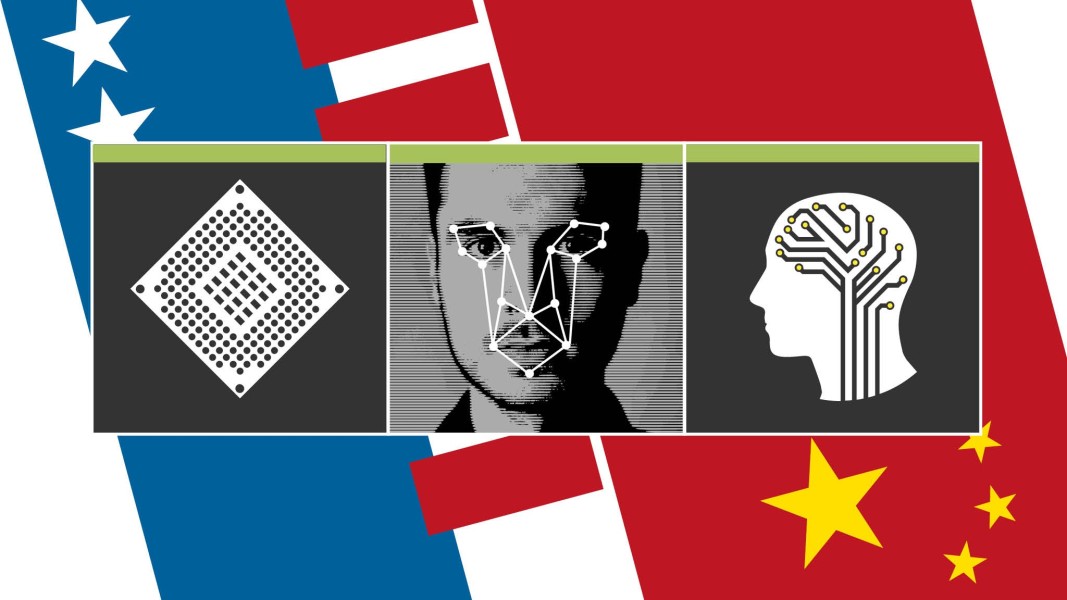Since the beginning of the China–United States trade war, the world’s two largest economies keep intensifying geopolitical battleground on technological standards for global influence. Therefore one might rightfully ask why it matters. Initially, such standards might seem irrelevant, but they are a decisive element of technological developments. The party that controls the bureaucratic rule-setting would have a first-mover advantage for the economy. For decades, standard-setting has primarily been the privilege of a small group of Western-dominated organizations, but the tides might turn soon.
Beijing intends to control the next generation of digital infrastructure by advancing standards, which is executed in three areas. Firstly, China is developing first-class technology in several emerging fields, such as 5G telecoms and AI. Secondly, as it distributes this technology to more than a hundred countries that participate in the Belt and Road Initiative, it encourages loyalty to a distinctly Chinese set of standards. Lastly, China is enhancing its authority in the UN and other standards-setting bodies to improve its own companies’ interests.
Essential to promoting Chinese standards overseas is the Belt and Road Initiative. One could perceive it as a massive Chinese program to build infrastructure in most developing countries. However, the underlying purpose is to spread Chinese technologies — and the standards they operate on — across the developing world by assembling what Beijing calls a “digital silk road.” Beijing has been mainly promoting her internet and cyber governance playbook in many countries, lately by establishing 5G connectivity and smart city projects. The latter aim of this standards diffusion technique is to incorporate many emerging technologies ranging from facial recognition systems to AI cameras.
While China is establishing standards through international export and foreign implementation of its technology, she is also active in signing political agreements to the same end. Since 2019, 85 standardization partnership contracts with 49 countries and regions had been signed. Furthermore, China is also trying to push institutional standards agencies to recognize its rising influence. In 2015, the International Organization for Standardization received its first Chinese president when Zhang Xiaogang was chosen for three years. Similarly, China has once again seen her influence grow since the appointment of Shu Yinbiao within the International Electrotechnical Commission, an institute that brings out standards on all electronic items. In 2019, China proposed 11 standards for the IoT within the IEC framework, whereas five had been adopted and published while the other six are still pending.
It is not a matter of fact whether China is setting the rules in the industrial standard. Instead, it is how the US will deal with China’s increased influence and how Europe should prevent herself from being squeezed by those two competing superpowers.
Sources:
- Beattie, Alan. “Technology: How the US, EU and China Compete to Set Industry Standards.” Financial Times, 24 July 2019, www.ft.com/content/0c91b884-92bb-11e9-aea1-2b1d33ac3271. Accessed 8 Oct. 2020.
- Kynge, James, and Nian Liu. “From AI to Facial Recognition: How China Is Setting the Rules in New Tech.” Financial Times, 7 Oct. 2020, www.ft.com/content/188d86df-6e82-47eb-a134-2e1e45c777b6. Accessed 8 Oct. 2020.


Hi Meiko!
Thanks for sharing the interesting information and it would also be nice to list the references at the end so that people are interested can read more about it. As a Chinese, I have little knowledge about what is actually happening with the Belt and Road Initiative right now as we do not mention this project that much from news or public sources.
From my perspective, this project is very money-consuming and time-consuming by offering financing and infrastructure supports for developling countries nearby, but instead, gains little benefits through it. It is definitely considered as a pilot of China to raise its regional influence, but I would not say it is a successful one. One evidence is that the United States government stopped to criticize about One Belt One Road (due to its China Threat Theory), instead it turns its attention into issues in Taiwan, HongKong and Xinjiang as well as the tech companies like Huawei and TikTok.
Talking about 5G and AI, I believe both North America and Europe are both contributing a lot in these emerging areas. Compared to these developed countries, China is still facing a lot of difficulties in developing and applying new technology, such as lack of professional and experienced workers. Under the situation of trade war and Corona, I would not be too positive about China’s rise in technology.